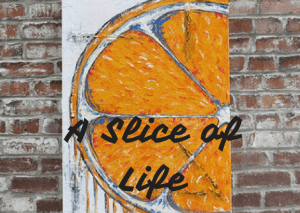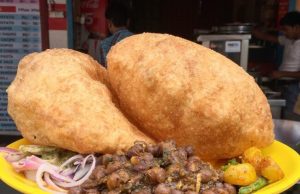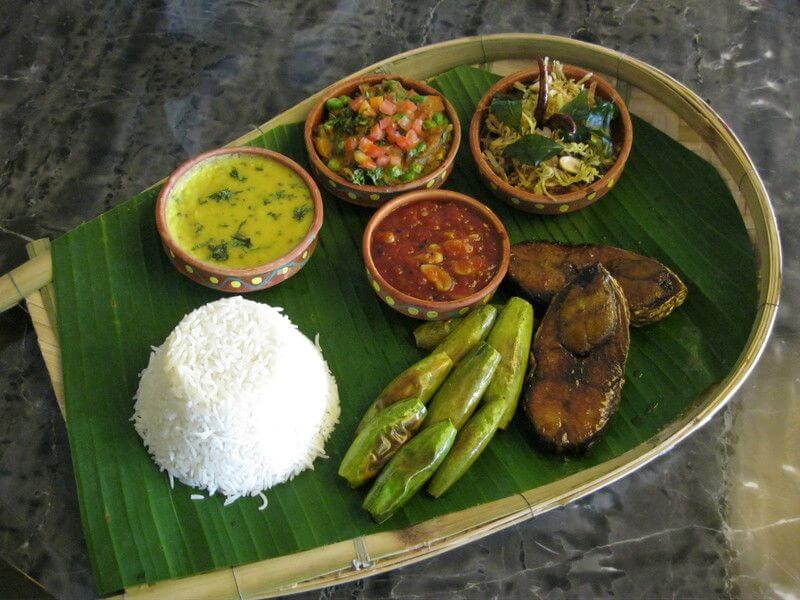Reading Time: 4 minutes
Food is inextricably linked with agricultural products, packaging, marketing, tourism, pilgrimage, event management and media as well, says Ruchira. She tells us about various kinds of cusines, exclusively for Different Truths.
 After air and water, food figures among the basic requirement of all humans. This small, nondescript word encompasses a world vibrating and pulsating with life; it is a microcosm of colour, aroma, taste, touch, variety and sound. There is no denial that in today’s global scenario food entails much more beyond merely refueling our body systems and vanquishing hunger pangs.
After air and water, food figures among the basic requirement of all humans. This small, nondescript word encompasses a world vibrating and pulsating with life; it is a microcosm of colour, aroma, taste, touch, variety and sound. There is no denial that in today’s global scenario food entails much more beyond merely refueling our body systems and vanquishing hunger pangs.
There is no denial that in today’s global scenario food entails much more beyond merely refueling our body systems and vanquishing hunger pangs.
Food has now evolved as an industry in itself. It is inextricably linked with agricultural products, packaging, marketing, tourism, pilgrimage, event management and media as well. It holds out a wide vista of opportunities and profitable employment.
Since food is so vital to our existence as human beings, it is in the fitness of things that we accord it, a semblance of respect.
Where does one begin? “Charity begins at home” goes the old adage. Likewise, one could take the first steps within the home itself.
Our parents and elders generally cautioned us not to waste food. Many people may well be aware that in quintessential middle class Bengali homes food is eponymous with Lakshmi (deity of wealth, prosperity and bounty).
Do not waste food, at any cost. Our parents and elders generally cautioned us not to waste food. Many people may well be aware that in quintessential middle class Bengali homes food is eponymous with Lakshmi (deity of wealth, prosperity and bounty). Wastage of food was tantamount to insulting the goddess and incurring her wrath. Therefore highly avoidable. Although my liberal-minded family did not subscribe to this axiom, yet we invariably made it a point not to waste food whether at home or elsewhere. The habit still persists.
Food is virtually as vast and limitless as the skies. It would be (in my humble opinion) sinful to criticize other cuisines and glorify one’s own as the best. Instead, it would be worthwhile to explore and study alien gastronomical systems deeply to understand their evolution and present day manifestations. Both food lovers and connoisseurs need to be adventurous travelers: to boldly go where few have gone before.
Being a Delhi-based probashi (non-resident) Bengali, my culinary voyages have largely been confined to the bustling metropolis and adjacent areas.
Being a Delhi-based probashi (non-resident) Bengali, my culinary voyages have  largely been confined to the bustling metropolis and adjacent areas. Owing to my penchant for namkeen-masala-chatpata, I sorely miss the legendary Ghantewala Misthaan Bhandar, near the Fountain, in Chandni Chowk. Pity, the shop shut down a few years ago. Nor can one forget the Parathe Wali Gali famous for its melt-in-the-mouth parathas. The area is now a gaunt shadow of its former self. Nearby, Natraj Dahi Bhalla – best address in town for dahi bhalla and chaat – still flourishes.
largely been confined to the bustling metropolis and adjacent areas. Owing to my penchant for namkeen-masala-chatpata, I sorely miss the legendary Ghantewala Misthaan Bhandar, near the Fountain, in Chandni Chowk. Pity, the shop shut down a few years ago. Nor can one forget the Parathe Wali Gali famous for its melt-in-the-mouth parathas. The area is now a gaunt shadow of its former self. Nearby, Natraj Dahi Bhalla – best address in town for dahi bhalla and chaat – still flourishes.
During the 80’s and 90’s as a fledgling journo, I frequented two places for my favourite snack, chhole bhature. One was located in a lane behind Hans Bhawan, near ITO. The other kiosk stood outside the Super Bazaar building, in Connaught Place. At both places, the stuff tasted divine!
For sweets we often shopped at the landmark Annapurna Sweets – functioning out of a discarded railway carriage – in Chandni Chowk. It is defunct now.
Many childhood memories are interpolated with trips to fish markets – chiefly Gole Market and Jama Masjid – with dad, on weekends. However, as the city changed its contour, prominent fish markets were relocated.
Many childhood memories are interpolated with trips to fish markets – chiefly Gole Market and Jama Masjid – with dad, on weekends. However, as the city changed its contour, prominent fish markets were relocated. New addresses for procuring fish and seafood now include Ghazipur wholesale fish market in east Delhi and of south Delhi’s Chittaranjan Park of course.
Food is a subjective issue, moulded by individual tastes and choices. For instance, I am unable to reconcile the idea of international food items namely pizzas and hamburgers being tweaked, modified and infused with local flavours to cater to local clientele. Pizzas and burgers with aloo tikki, paneer, chaat masala, cucumber etc are now very much “in.”
Talking of paneer, this ingredient of North Indian (read Punjabi) origin has penetrated almost every nook and corner of India, surfacing in numerous popular dishes: from pakoras and mixed vegetables to parathas, dosa, dhokla, samosa, among many. I would not be surprised if I find it in my chicken curry or machher jhol (fish curry) someday!
My quest for tasting varied cuisine made me encounter fusion e.g Jain-Chinese, Chinese-Punjabi (aka Chinjabi). Frankly, they failed to impress.
My quest for tasting varied cuisine made me encounter fusion e.g Jain-Chinese, Chinese-Punjabi (aka Chinjabi). Frankly, they failed to impress. More so, the Jain Chinese fare – which excluded the iconic Chinese ingredients onion-garlic – appeared rather flat and insipid.
Again, the Chinese dish which we, the average Dilliwallahs consume at wayside eateries and middle level restaurants is starkly different from what one eats in China. I discovered this during my visit to Hong Kong a few years ago. The local (Chinese) fare was far less spicy, and salty with minimal frying involved.
On a personal note, I am all for retaining of authentic tastes and flavours. In today’s international milieu, experiments and fusion are bound to creep in. Nevertheless originality and high quality must not be compromised with, at any cost.
Photos from the Internet












